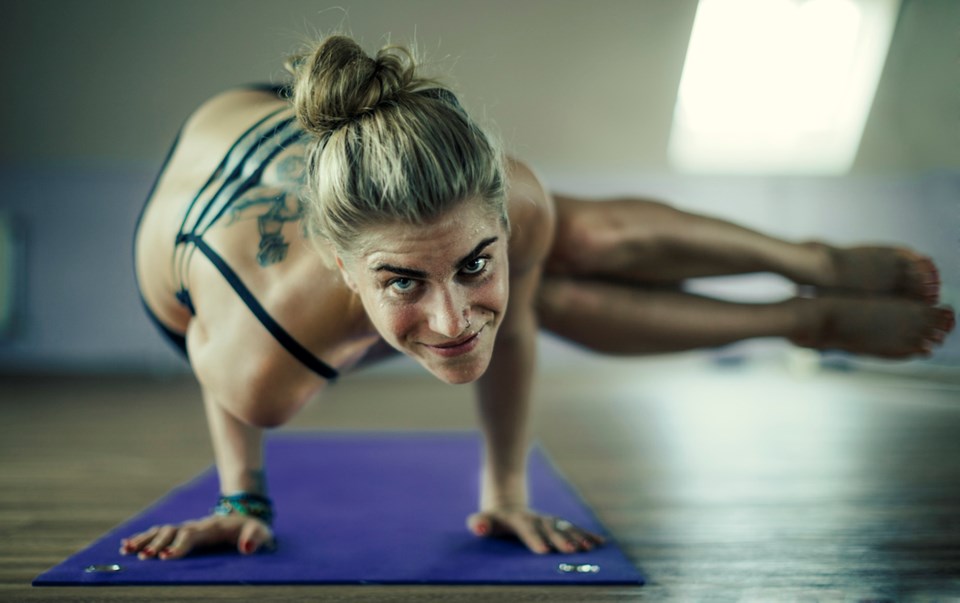Power squats, running, weight training — and hot yoga?
A team of researchers from the University of British Columbia and Simon Fraser University came up with surprising results when they asked the Canadian Olympic women’s field hockey team to add hot yoga to their pre-2016 Rio games work-out routine.
“We thought, based on previous work, that the athletes’ blood volume would expand after a few days of heat stress from hot yoga. We saw the opposite,” says Andrew Perrotta, a national team sport scientist and former UBC PhD student in experimental medicine.
“The majority of athletes became dehydrated, so they lost a lot of that plasma. But the interesting thing was this: once they started exercising vigorously again during training camp, there was a massive slingshot effect where we saw an approximately 13 per cent increase in plasma volume in just a couple of days.”
Increased blood plasma can contribute to increased performance.
Perrrotta explains: “Plasma is the water component of blood. It doesn’t carry oxygen as effectively as a red blood cell but it does expand the total blood volume, which can make the heart more efficient. The heart is a pump — the more blood that gets back to it, the more blood it will push out to the rest of the body. So basically the heart becomes more efficient and allows you to work at a higher intensity.”
In a Q & A published by UBC, Perrotta is asked why there was a “slingshot effect.”
“We can only assume that the body was primed after dehydration from the hot yoga,” he said. “It may have had an increase in certain hormones that conserve water and sodium. Once you start to exercise again, the body’s natural response is to increase the amount of plasma to make you more efficient.”
As to how hot yoga differs from illegal methods of stimulating oxygen-carrying red blood cells, Perrotta says “our heat stress method doesn’t affect the red blood cells, just the transportation of them — because they are carried by plasma. This could be a viable option if you train at sea level. Training at altitude isn’t always feasible because of travel logistics and cost, but this is a legal way to enhance the constituents of blood to improve cardiovascular performance.”
What’s intriguing about hot yoga, he said, is that it doesn’t disrupt other training routines.
“If they’re training and they’re already fatigued, you don’t want to add too much stimulus because they won’t be able to recover for the next training session. At the end of the day, they need to be able to perform on the field. And you don’t want to be doing a form of exercise that your body’s not accustomed to. But if you’re body’s accustomed to it, it may help.”
The research team’s findings were recently published in the Journal of Strength and Conditioning Research.



